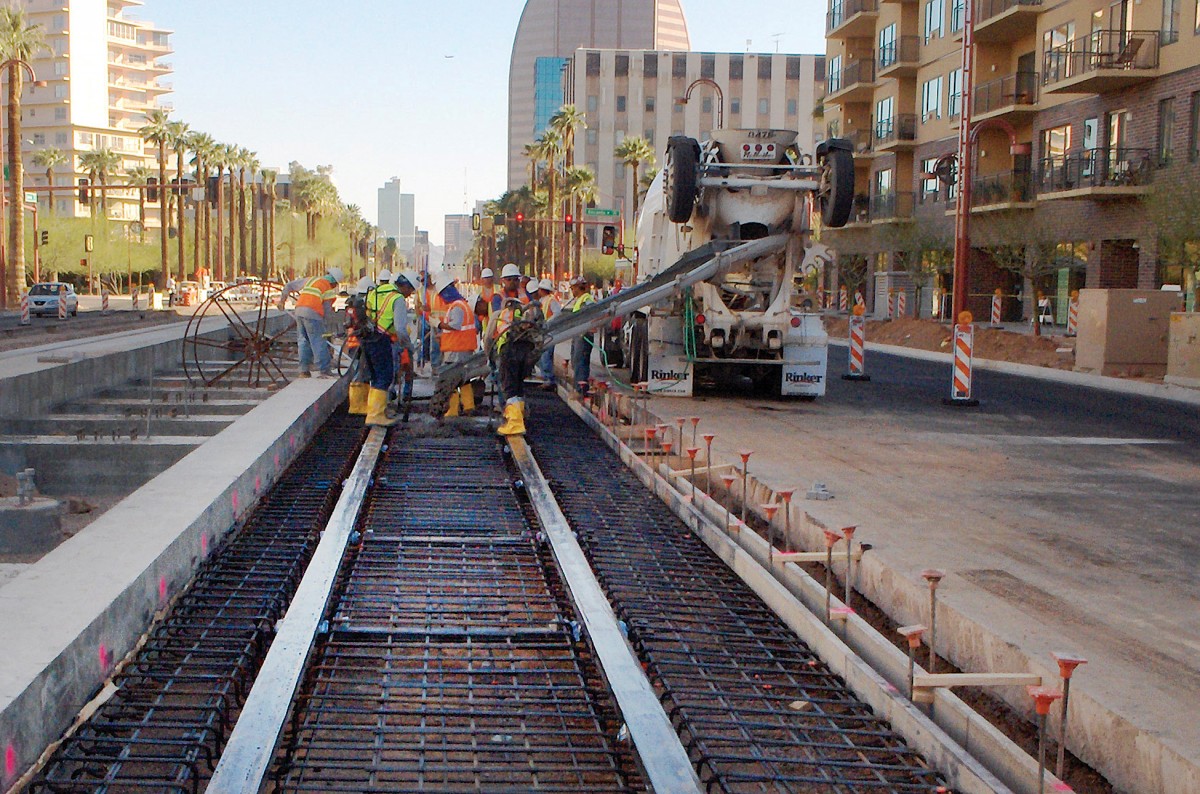Until the latter part of the 1880s, pretty much most of the short distance intercity transportation took place via horse drawn carriages that were the standard version of the present day cabs. Post that, the invention of a mechanical setup which facilitated the collection of electric current, also known as the trolley-pole system, led to the successful establishment of an efficient street railway transportation system that was entirely powered by electricity. This coincided with the creation of the IC engine, and caught on very soon because of the poor state of the roads back in the day. The tracks of this mode of transportation allowed for a uniformly smooth journey regardless of the type of terrain on the outside. There was even a time where these street cars were constructed in a way that the single units could join to form a small train.
Jumping to the post world war era, there were a total of seven major cities in North America that still operated the streetcar systems. However, these systems had got more and more sophisticated over the years and many cities switched from calling them street cars to naming them as the Light rail system, so as to distinguish them from conventional street cars after which they had been named.
However, the light rail did have a dark time when it was decommissioned in the year 1950 following the easy availability and the crowd enthusiasm of purchasing automobiles. Back then pollution, carbon footprints, etc. were not an issue worthy of attention and therefore the latest technology of the world i.e. automobiles were all the talk of the town and everyone wanted one, to the extent that the public completely stopped visiting the Light Rail System. The resurrection of the Light Rail system was mainly due to the 1978 adoption of Siemens-Duewag the German U2 system by the city of Edmonton in Canada. This was followed by cities like Alberta, Calgary, and later on taken on in San Diego, California. There has been a switch in engineering trends in the rail gauge from wide gauge to narrow gauge to the presently used standard gauge which is the predominant type of Light Rail System in North America at present.
